Turning again now to St. Germanus, Archbishop of Constantinople, he states in the opening section of his Ecclesiastical History and Mystical Contemplation:
The church is an earthly heaven in which the super-celestial God dwells and walks about. It represents the crucifixion, burial, and resurrection of Christ: it is glorified more than the tabernacle of the witness of Moses, in which are the mercy-seat and the Holy of Holies. It is prefigured in the patriarchs, foretold by the prophets, founded in the apostles, adorned by the hierarchs, and fulfilled in the martyrs.
Interesting that he should use the phrase “walks about” as it seems to recall Genesis 3:8, “…and they heard the voice of the Lord God walking in paradise…” St. Germanus is saying, I think, that the church building is a new Garden of Eden.
Just as the entrance to Eden was in the east (Genesis 3:24), so the doors of the earliest basilicas are in the east. There was no death in Eden, St. Paul tells us (Romans 5:12), so architecturally one would have to have a structure which is living. No tree can be felled, no plant uprooted, to build the enclosure for this new Eden. So how do we get around the fact that, of course, trees literally do have to be cut down to build a church? The answer is, by carving the images of living things into the dead wood. In doing so we symbolically restore it to life and give it back to God. This is perhaps the ultimate meaning of the miraculous structural elements we call the orders, whose columns are like bouquets of flowers, the capitals the blooms, and whose beams sprout leaves and hatch eggs.
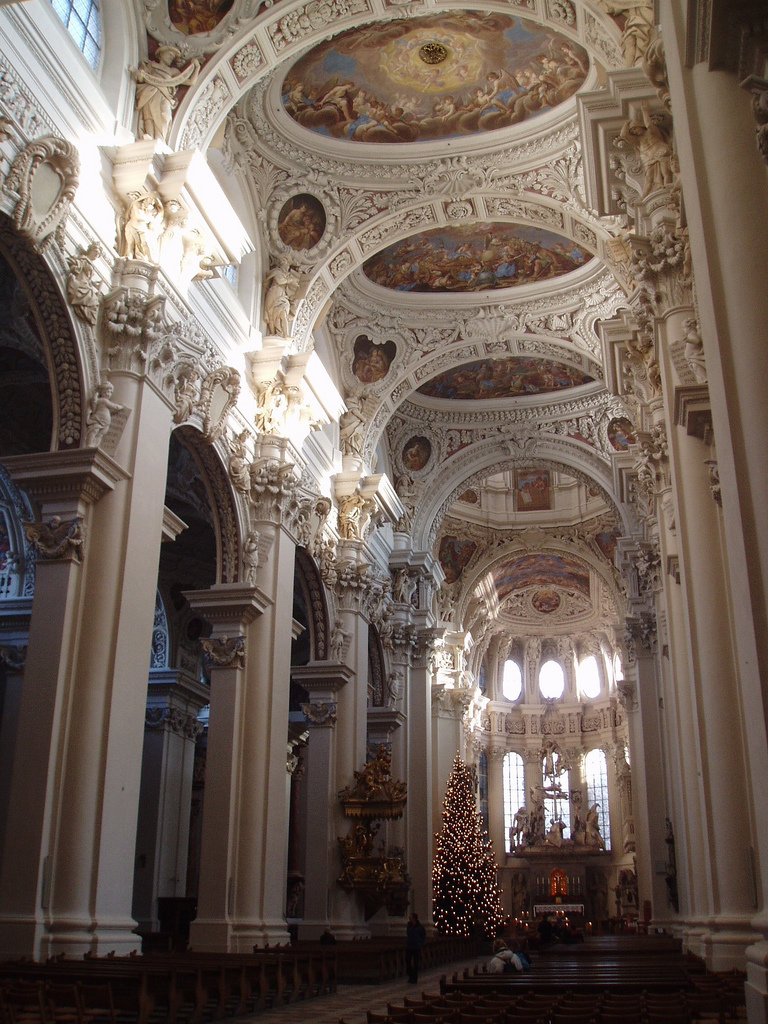
Passau Cathedral
(Photo by Aidan McRae Thomson)
St. Germanus then compares the church directly to the Old Testament tabernacle, and by extension, the Temple. As Providence would have it, Dr. Dennis McNamara recently made this point in what sounds like a fascinating lecture at Mundelein, drawing on the work of Margaret Barker. The talk is summarized here by Fr. Rob Johansen (with whom I had the privilege of smoking cigars at the Society for Catholic Liturgy confab). In short, this conception of the church as a New Eden was embraced in the Patristic age, and it was an explicit continuation of a major theme of the Temple at Jerusalem. The Old Testament describes Solomon’s Temple as follows:
The inside of the temple was cedar, carved with ornamental buds and open flowers. (1 Kings 6:18)
The capitals which were on top of the pillars in the hall were in the shape of lilies, four cubits. The capitals on the two pillars also had pomegranates above…and there were two hundred such pomegranates in rows on each of the capitals all around. (1 Kings 7:19-20)
It was alive. And of course, the centerpiece of this New Eden should be the altar, the heart and soul of the New Covenant. The crucifixion, burial, and resurrection of Christ are all symbolized by the church’s altar. There, according to traditional theology, the crucifixion is re-presented in every Mass–it is Mount Calvary. It is also the tomb where Christ was buried and whence he rose from the dead.
Finally, this theme of the New Eden also places the church building in the context of the city. Genesis 2:10 states:
Now a river went out of Eden to water the garden, and from there it parted and became four riverheads.
St. Augustine famously used this passage in his treatise On Baptism to show that elements of truth exist beyond the boundaries of Paradise. Likewise, the church building is the fount from which cascades the whole architectural hierarchy of the city, right down to the humblest vernacular pile. To borrow from St. Anselm, the church building should be a work greater than which nothing can be conceived. All else in its proper place.
Tags: church, orders
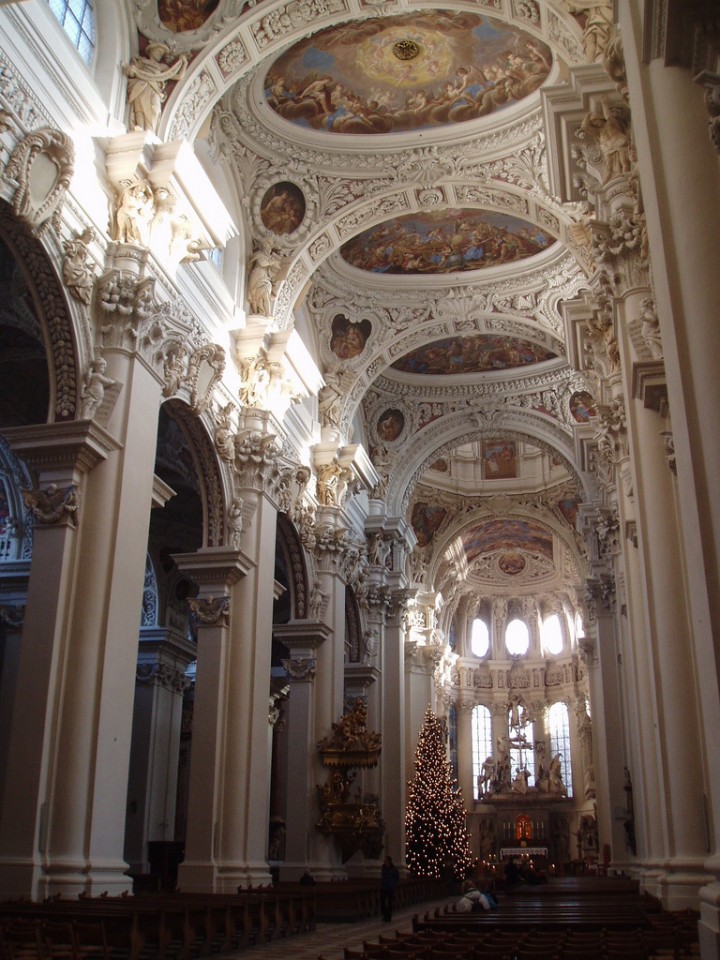
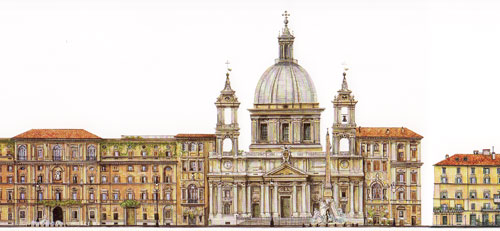
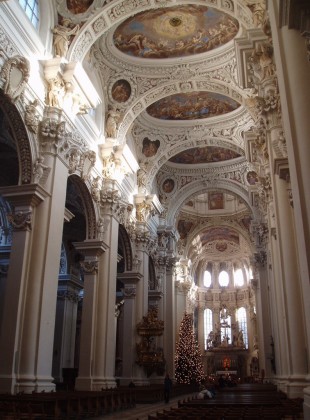
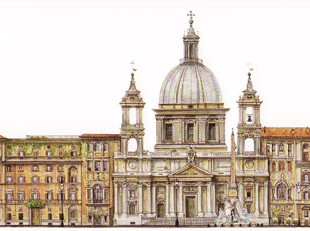
Thanks for this unexpected delight this Friday morning: I learned something without trying.
Thank you Mr. Kearns, you just made the effort I put into it worthwhile!
There is a story about San Agnese and the fountain that I absolutely love. The facade of San Agnese was largely the work of Borromini. The sculpture was the work of his rival Bernini .. who, though he had once been a papal favorite, was at that time out of favor and only won the commission through a bit of subterfuge. The anthropomorphized river sculpture on the church side appears to be raising his hand and shielding his eyes from the sight of the facade.Borromini and Bernini are perhaps my two most favorite sculptor-architects, so this is a favorite spot of mine.